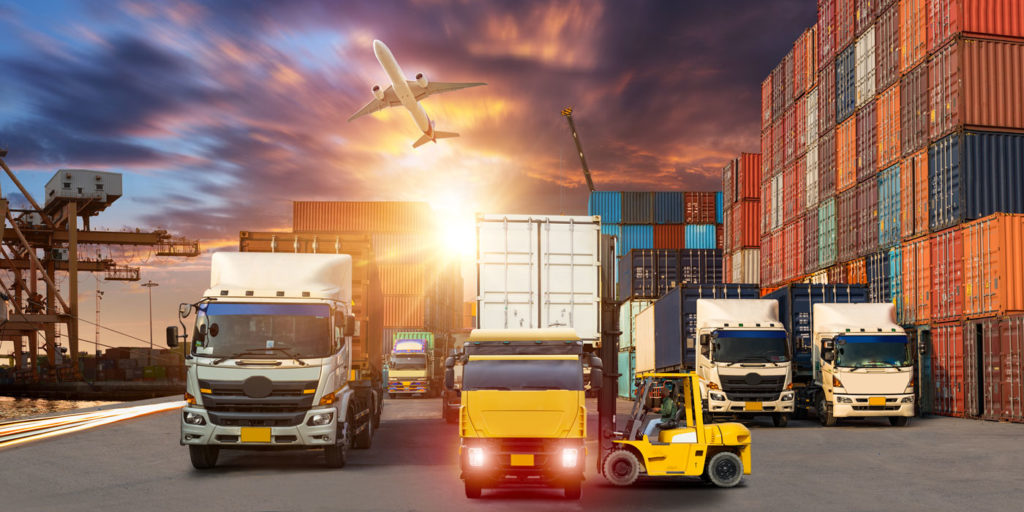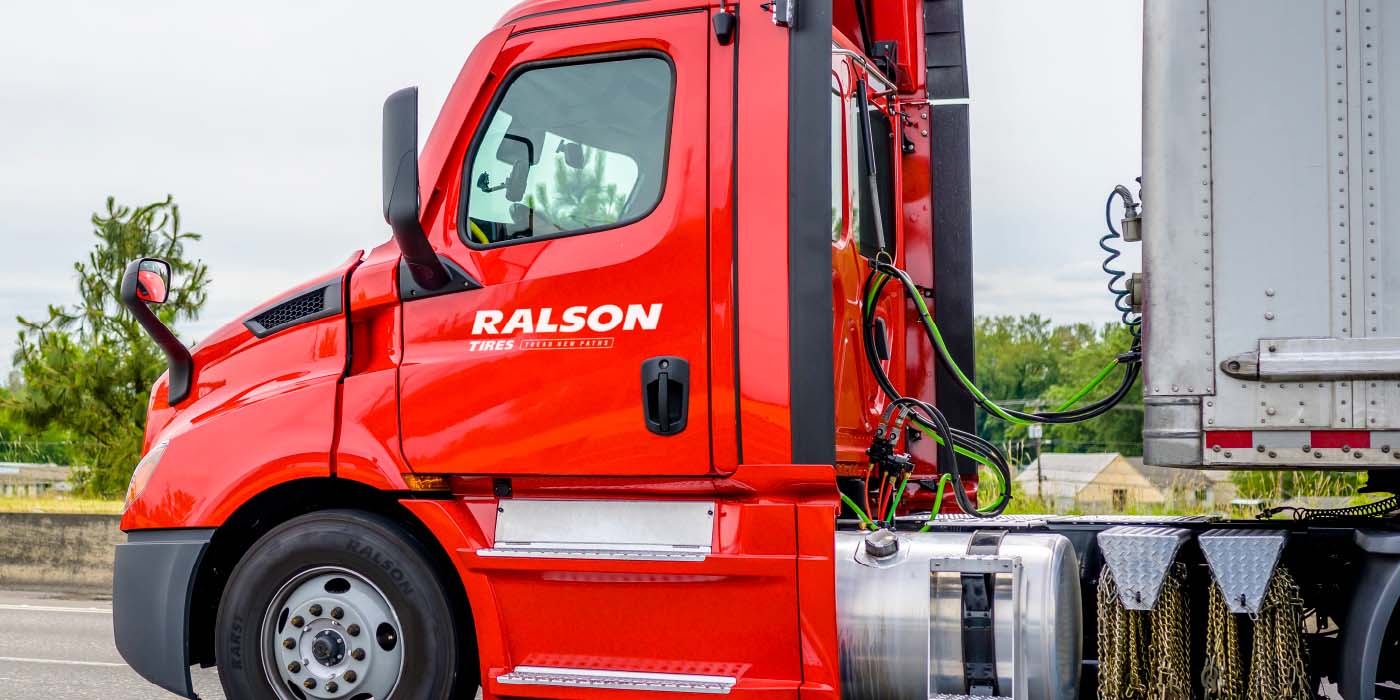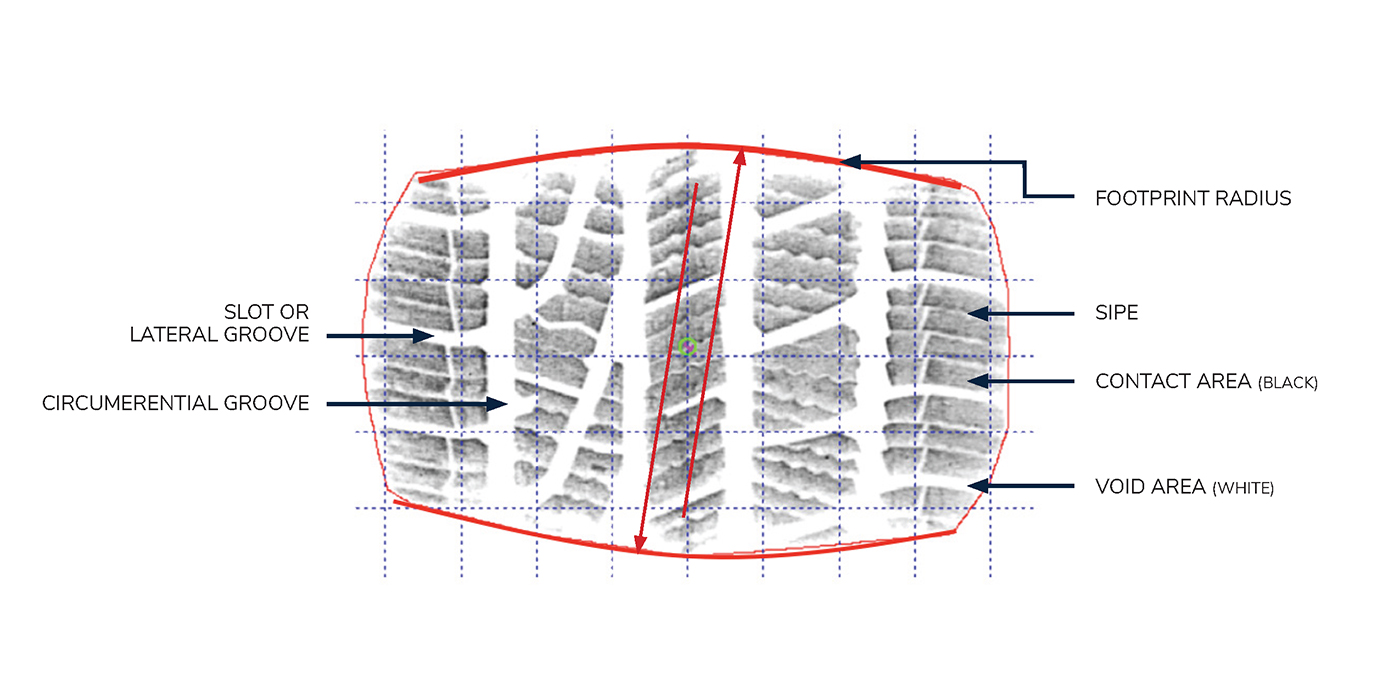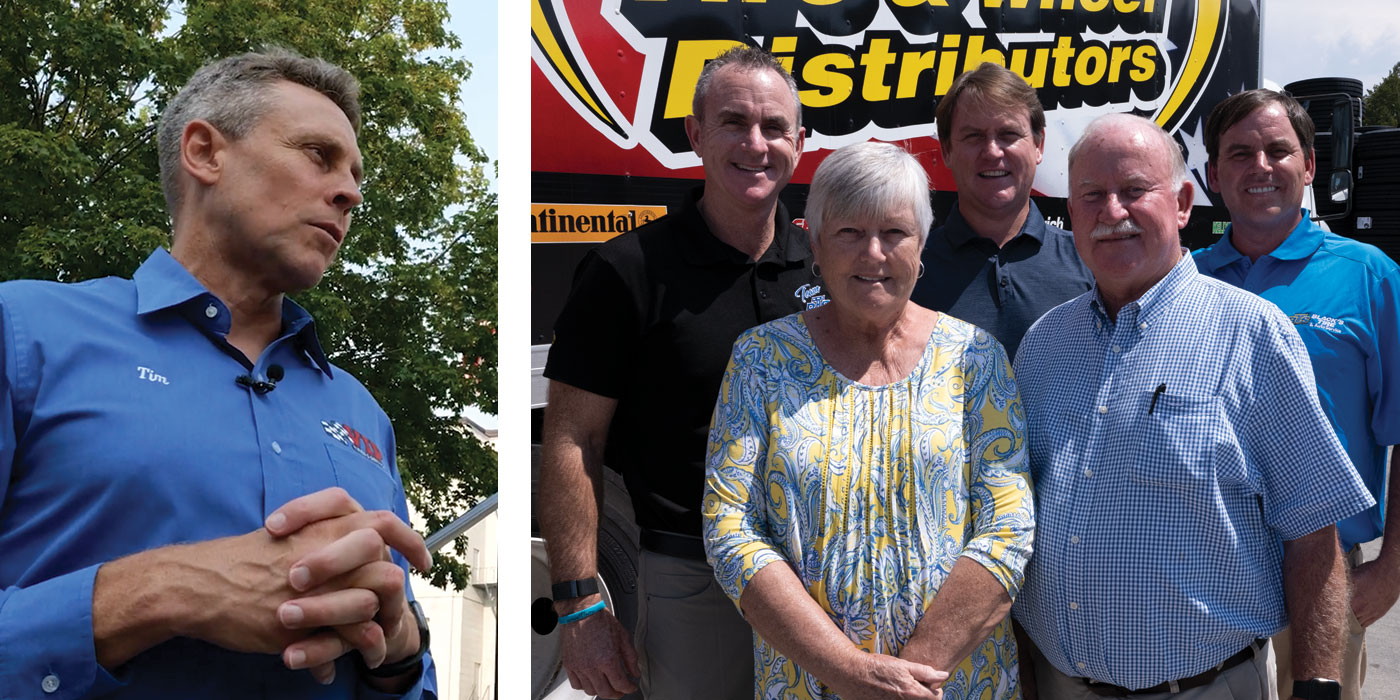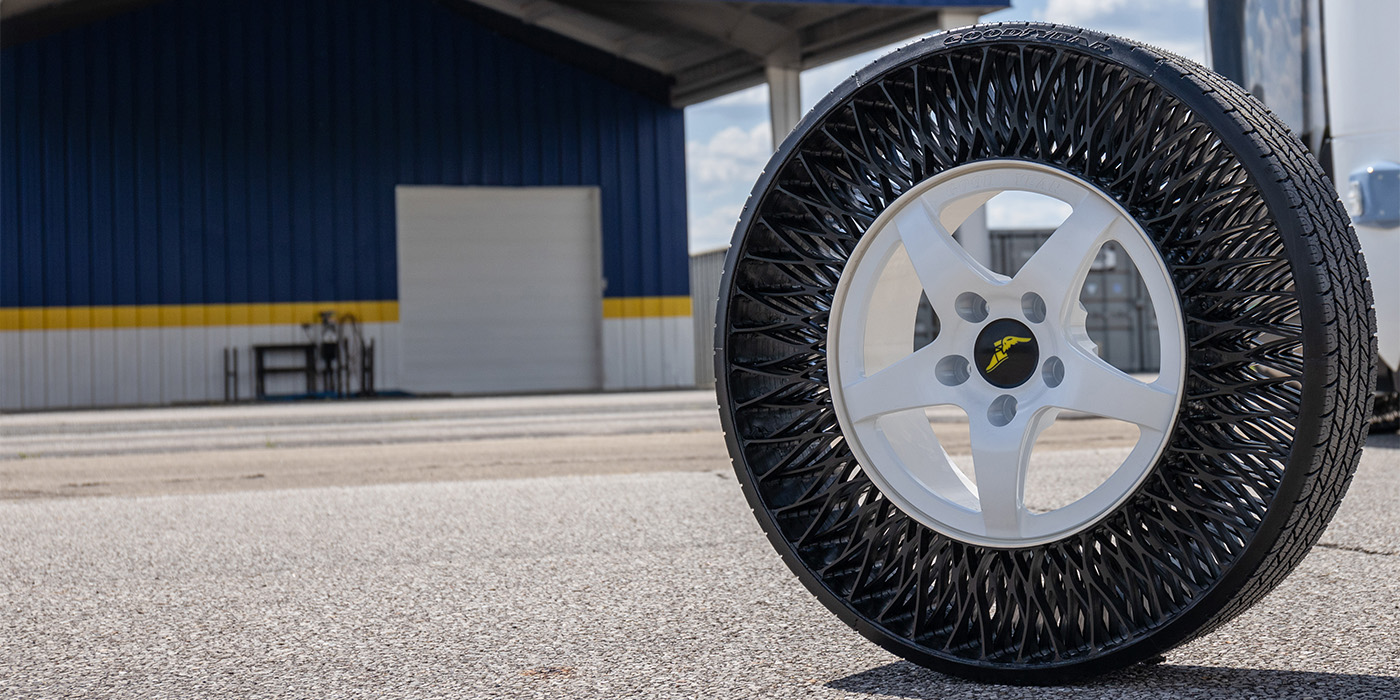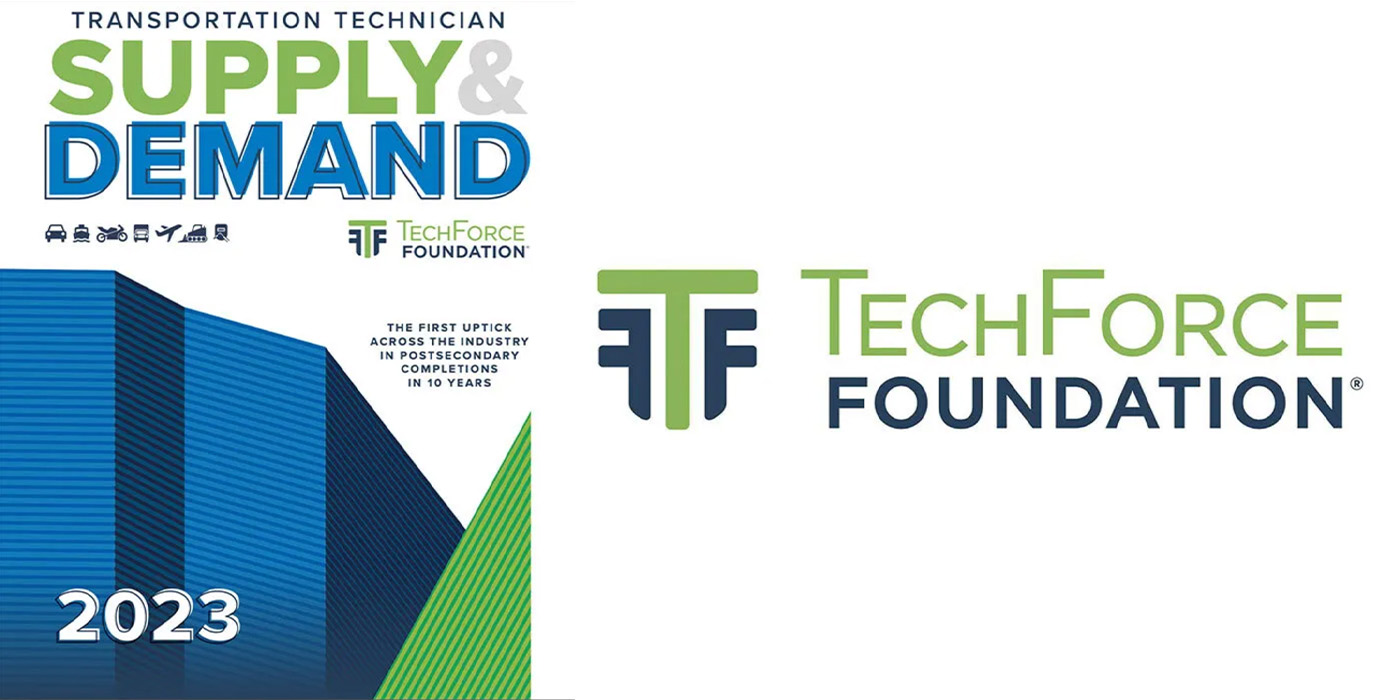As the tire supply chain recovers from disruptions presented by the coronavirus pandemic, it’s more imperative than ever for manufacturers, distributors and retailers to look to the future and rethink traditional strategies. The pandemic has given the industry a unique opportunity to accelerate innovation and prioritize the workforce in ways we never imagined.
According to an industry report from Accenture, almost two-thirds of auto-related production in China was directly affected by the shutdown, having a large impact on suppliers as well. This, coupled with the fact that consumer discretionary spending is seeing a 40 to 50% drop, according to McKinsey, adds even more layers of uncertainty.
One thing is certain, however—global economies depend on the automotive and tire industries as they remain a critical component to many other industries and supply chains. The supply chain strategies tire distributors activate today can positively impact recovery and lead to dealers receiving the tires they need in a timely and efficient manner.
Impact of Technology
Having a flexible ecosystem is key to operating a successful supply chain. Technology plays a pivotal role in this through forecasting and scenario planning. AI and automation also allow for accurate scenario modeling to understand cash flow, profit and loss and stocking strategies. From investing in technology and standardization of end-to-end supply chains, to fully committing to employees, success comes down to one thing: agility.
When the coronavirus crisis began, and as it continues to have an impact on the global market, having a technology platform that helps with real-time adjustments is critical to internal operations and to support dealers by pivoting to changes in buying, inventory and demand patterns. During the start of the pandemic, for example, the industry experienced inventory shortages, particularly with light truck tire products. Having insight into these shortages through technology platforms helped the industry understand where there were needs for an increase in capacity, resulting in an increase in stock levels.
Technology platforms are also able to access critical supply chain data that can assess potential damage or delays, while highlighting any gaps that may cause disruptions. With the pandemic beginning to impact local economies, product could be bought in advance with transportation and delivery capabilities secured in areas affected by shutdowns. It was close collaboration between manufacturers, distributors and retailers that allowed for quick decision-making to help maintain the right inventory levels.
Pent-up Demand
While late March and early April were low points for volume year-over-year, the industry overall has seen a more positive turn toward where volumes were a year ago, indicating the pent-up demand from the last few months. Moving forward, advanced analytics can provide insights into what that demand looks like, allowing distributors and manufacturers to know exactly what to produce in order to address product shortages as quickly as possible.
Today’s global tire supply chain network has been designed to minimize lead times with strategic stocking across the distribution network and to improve in-stock rates with data that predicts customer demand patterns. It also allows for a maximized return on investment capital, and, most importantly, helps meet the evolving needs of dealers through close partnerships and added services with manufacturers and distributors. However, as the pandemic forces the overhaul of existing supply chains, there are four key areas destined for change.
Continued Optimization
Technology continues to play a critical role in supply chain optimization. While it enables distributors to test different models and scenarios, it’s important for supply chain entities to continue investing in optimization to assist in future supply chain stressors. Every stakeholder within the supply chain network needs to understand the role they each play and the insights they can share in order to meet changes in local market demand amid industry-altering events like natural disasters and pandemics. Much of this can be addressed through a technology platform that leverages key data from all parties to develop insights that, in turn, produce a valuable “roadmap” for all players of the supply chain as described above.
The Human Workforce
While the supply chain and logistics industries continue to experience skilled labor shortages, the pandemic has further emphasized the importance of the human workforce. The supply chain is nothing without the critical frontline workers—distribution center managers, dealers, drivers—responsible for keeping customers happy and safe. In an era where interpersonal connectivity is limited, frontline workers are the vital component to remaining online and in business during global crises. In turn, despite the adoption of automation and AI, the human factor is a key component in meeting customer needs, modifying production and creating effective last-mile delivery.
Value-Added Customer Service
In times of crisis, tire dealer customers are looking to their trusted partners for guidance and support, just as their customers look to them to keep them safe. As the supply chain recovers and looks to the future, going above and beyond expectations at each level will be a critical factor in customer service and retention. Actions like providing resources, relationship building, and sharing recommendations and industry insights are all value-added services that create a differentiating edge against competitors while simultaneously raising customer satisfaction.
Sustainability
Finally, sustainability within the supply chain will remain critical. From January through September 2018, global demand for natural rubber outstripped supply by 874,000 metric tons with the transportation sector consuming three-quarters of global rubber production. By practicing sustainable rubber practices, promoting proper tire inflation and improving gas efficiency, the tire and automotive industries can reduce landfill waste while lowering greenhouse gas emissions. As many cities and countries saw a prominent reduction in smog and emissions amid stay-at-home orders and social distancing requirements, there will be a greater emphasis on reducing the carbon footprint at all levels of the supply chain.
While the pandemic has revealed opportunities within the global tire supply chain, the industry can continue to leverage strengths that put the needs of customers first. By rethinking the supply chain through agile sourcing strategies, optimization and putting greater focus on the human workforce and sustainability, the replacement tire supply chain is sure to weather any crisis now and in the future.
Bill Hancock is senior vice president of supply chain operations at American Tire Distributors (ATD) in Huntersville, North Carolina. Since joining the company in November 2017, Bill has helped ATD evolve into an end-to-end supply chain services provider, overseeing programs that enable ATD’s digital supply chain, fleet optimization, unparalleled last-mile delivery and direct-to-consumer delivery solutions. Prior to ATD, Bill was vice president of global supply chain and logistics operations at Target, where he garnered over a decade of experience. A Minnesota native, Bill graduated from St. Cloud State University with an MBA and BA in Marketing and Supply Chain Management.

